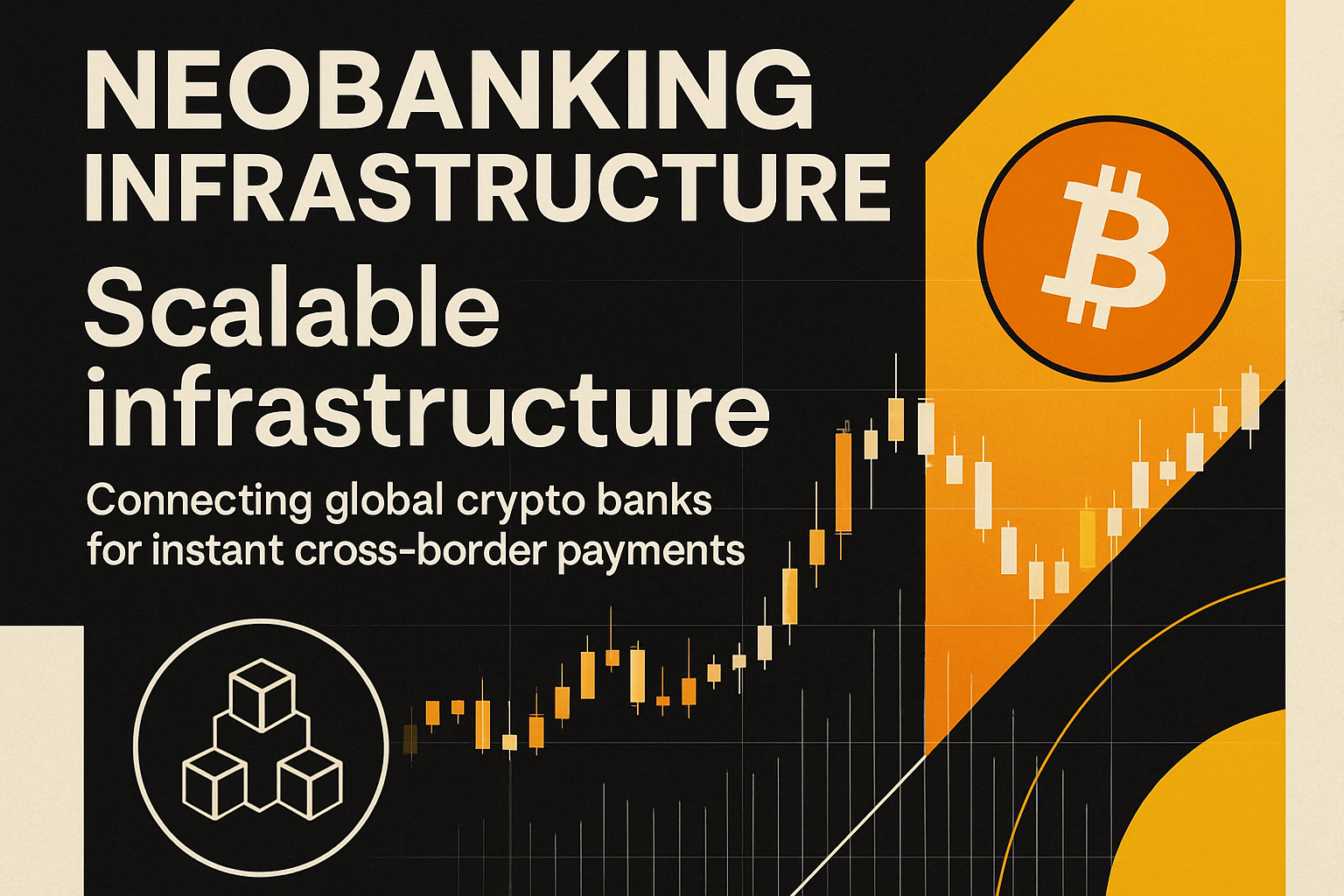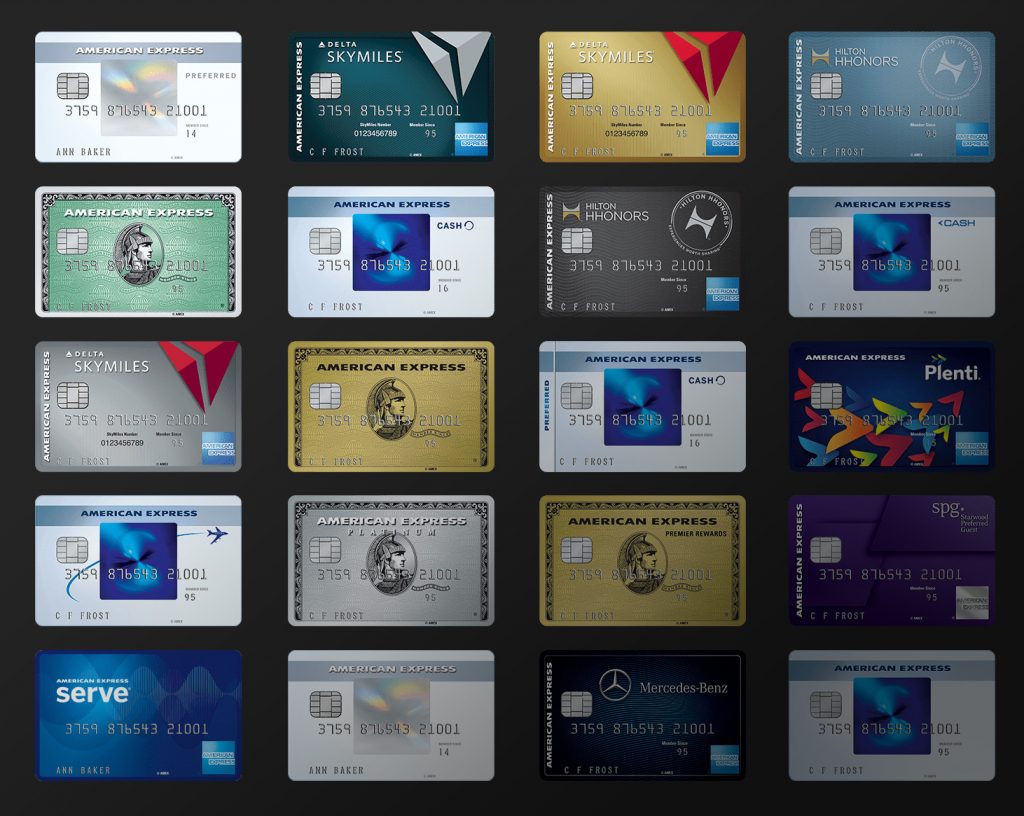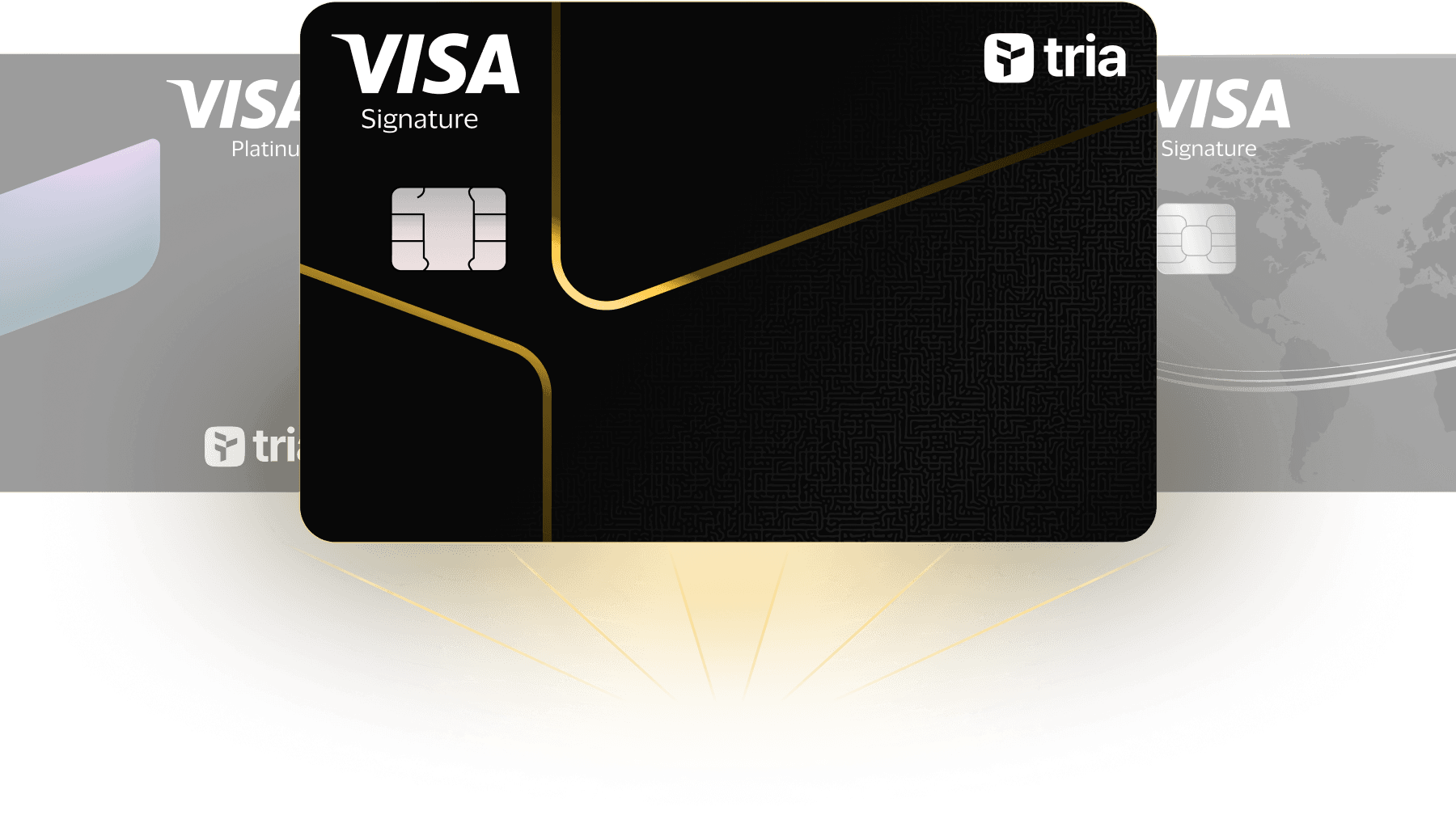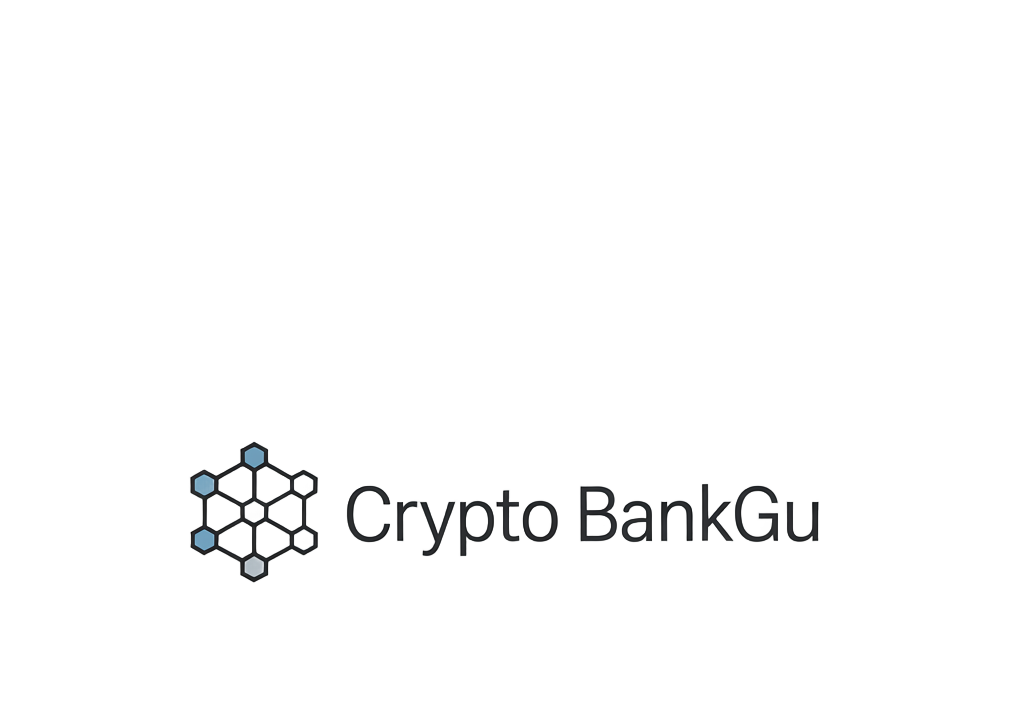
Neobanking is rapidly evolving, but most digital banks remain tethered to local payment rails, limiting their ability to serve a global, always-on economy. Enter Tria, a borderless Web3 neobank that’s making waves in the world of global crypto bank connectivity and instant cross-border payments. With its recent $12 million pre-seed and strategic funding round, Tria is doubling down on its mission to connect crypto banks worldwide, offering a seamless, self-custodial experience for both individuals and businesses.

Why the World Needs a New Neobanking Infrastructure
Traditional neobanks have made banking more accessible, but they’re still fundamentally regional. Most are designed to work with local payment networks and fiat currencies, which creates friction when it comes to cross-border transactions. Businesses and individuals operating internationally often face high fees, slow settlement times, and a patchwork of regulations. Even within the crypto space, moving assets across blockchains can be complex and risky, with users juggling multiple wallets, bridges, and seed phrases.
Tria is tackling these challenges head-on by building an emerging neobank infrastructure that’s truly borderless. Its platform unifies spending, trading, and earning across multiple blockchains through a single balance – no gas fees, no bridges, and no seed phrases. This approach removes much of the complexity and risk that have held back broader adoption of crypto banking for real-world use cases.
Tria’s Secret Sauce: BestPath AVS and Global Settlement
At the core of Tria’s offering is its BestPath AVS transaction technology. Built on Arbitrum, this AI-optimized system routes payments and trades across blockchains and protocols, ensuring users always get the most efficient path for their assets. More than 250,000 users and 70 and protocols – including Polygon, Sentient, and Injective – are already leveraging this infrastructure for fast, low-cost transactions.
This isn’t just about speed. Tria’s platform is designed to provide real-time liquidity and settlement for crypto banks around the world. By leveraging stablecoins and on-chain collateral management, Tria enables instant cross-border crypto payments that bypass the legacy correspondent banking system. The result: lower costs, fewer intermediaries, and a smoother experience for everyone from digital nomads to multinational enterprises.
Self-Custody, AI Agents, and Next-Gen Compliance
What truly sets Tria apart in the crypto banking trends 2025 landscape is its commitment to self-custody and forward-thinking compliance. Users retain full control over their assets without giving up usability or security. The platform is even designed to be used by both humans and AI agents, pointing to a future where machine-driven finance is as seamless as human-driven.
Compliance is also evolving. Tria has integrated zkKYC – a zero-knowledge identity solution – allowing users to prove eligibility without exposing personal data. This is a big step forward in balancing privacy with regulatory requirements, especially as more jurisdictions tighten their oversight of digital asset flows.
Tria’s infrastructure isn’t just a technical upgrade – it’s a reimagining of what cross-border finance can look like in a multi-chain world. With support for over 1,000 tokens and Visa card acceptance in more than 150 countries, Tria is already showing what a truly borderless neobank can deliver. Users no longer need to worry about gas fees, bridges, or the risk of losing seed phrases; everything is unified within an intuitive interface that puts control back into the hands of account holders.
For crypto banks and fintechs looking to plug into this ecosystem, Tria’s platform offers white-label solutions and API integrations that enable instant settlement and liquidity across global markets. This opens the door for smaller regional neobanks to participate in a global network without having to build their own cross-chain infrastructure from scratch. The result is a more level playing field – one where innovation isn’t held back by regional silos or legacy rails.
What Users and Partners Are Saying
The response from early adopters has been overwhelmingly positive. Digital nomads praise Tria for its frictionless spending experience abroad, while businesses highlight the cost savings from reduced settlement times and lower fees. Protocol partners like Polygon and Injective see Tria as a vital piece in expanding real-world utility for on-chain assets.
Real User Testimonials: Tria’s Global Impact
-

“Tria makes global spending effortless!” “I use my Tria Visa card in over 150 countries—no more worrying about currency exchanges or hidden fees. The interface is so intuitive, I was set up in minutes.” – Maria, Digital Nomad
-

“Unmatched security with self-custody.” “Tria’s self-custodial approach means I’m always in control of my crypto. No seed phrases, no bridges—just peace of mind and instant access to my funds.” – Alex, Crypto Enthusiast
-

“Instant cross-border payments for my business.” “Sending payments to partners worldwide is now seamless. Tria’s BestPath AVS routes everything efficiently, and I can use over 1,000 tokens. It’s a game-changer for our remote team.” – Priya, Startup Founder
-

“No more gas fees or complex wallets!” “With Tria, I don’t worry about gas fees or managing multiple wallets. Everything is unified, and trading across blockchains is just a tap away.” – Daniel, DeFi Trader
-

“zkKYC integration makes onboarding a breeze.” “I felt safe signing up thanks to Tria’s zero-knowledge KYC. My privacy is protected, and I still get full access to all features worldwide.” – Sara, Privacy Advocate
As regulatory scrutiny increases worldwide, Tria’s proactive approach to compliance is winning over both users and institutional partners. The integration of zkKYC means users can maintain privacy while still meeting regulatory requirements – a rare balance that could set new industry standards as governments continue to refine crypto banking rules in 2025.
The Road Ahead: Crypto Bank Settlement Networks at Scale
With its recent $12 million funding round fueling further development, Tria is poised to accelerate its vision of a crypto bank settlement network that spans continents. The platform’s ability to serve both individuals seeking financial freedom and institutions needing robust, compliant infrastructure positions it at the heart of emerging neobank infrastructure trends.
The next phase will likely see deeper integrations with traditional payment networks, more advanced AI-driven automation for treasury management, and expanded partnerships with both Web3 protocols and established financial institutions. As more users demand instant global access to their digital assets, solutions like Tria are set to redefine what we expect from our banks, crypto-native or otherwise.
Bottom line: If you’re tracking crypto banking trends 2025, keep your eyes on Tria. Its blend of user-friendly self-custody, instant cross-border payments, next-gen compliance tools, and true global reach could be the blueprint for how digital banking evolves in the years ahead.






